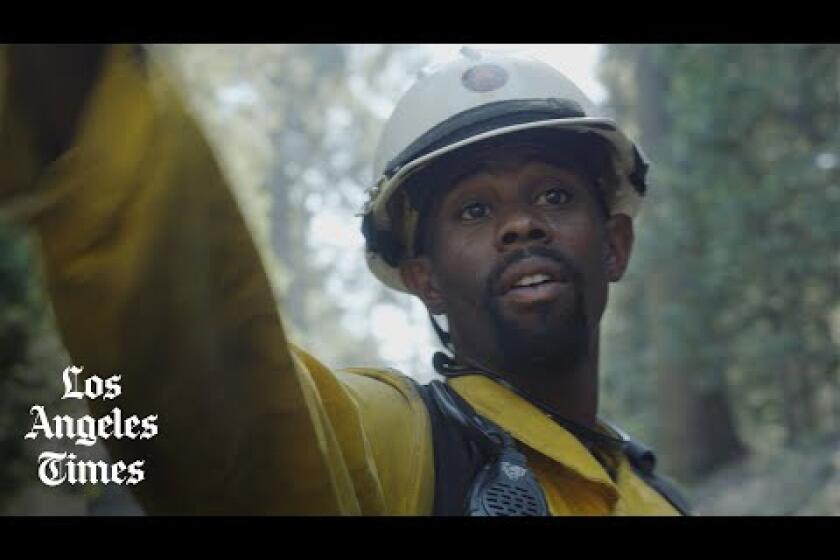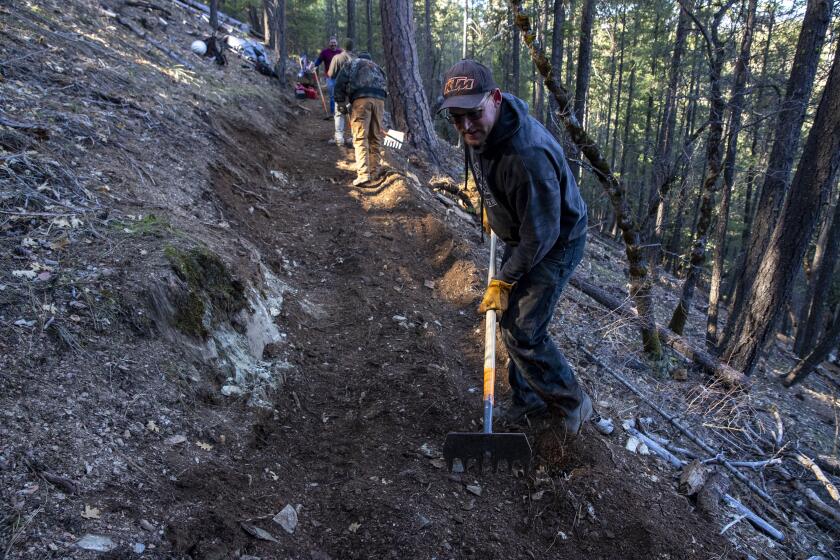A rural California prison was set to close this summer. It’s still open, and inmates want a say
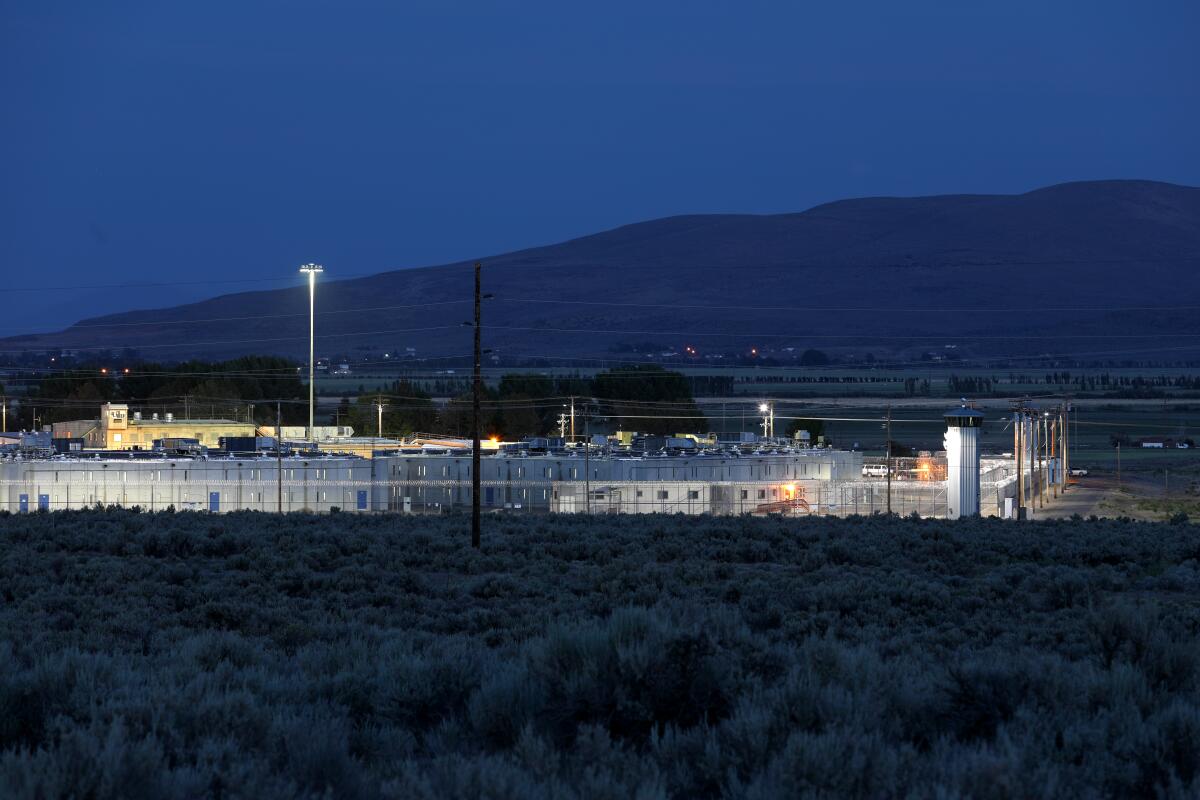
- Share via
When it rains, water pours through the ceilings of the California Correctional Center in Susanville, sometimes flooding the cells of incarcerated men who have resorted to using soap to seal leaks.
Some toilets in the prison don’t flush and are filled with green algae.
And when the Dixie fire — the second-largest wildfire in California history — burned last summer a few miles outside town, inmates were not moved from the facility, even as electricity and water were shut off, smoke filled their cells, and they had to cover their faces with wet towels to breathe, according to court documents filed in Lassen County Superior Court, signed by about 100 men incarcerated there.
“These kinds of barbaric, inhumane conditions are unacceptable in a civilized society,” the documents say.
Inmates and the California Department of Corrections and Rehabilitation agree on one thing: The remote, aging prison, which needs millions of dollars in repairs, must be shut down.
The state was supposed to close the facility by June. But it remains open.
California’s decision to close the prison in Susanville rocked the town, where the consequences could be dire for residents and businesses that depend on the economics of incarceration.
The town of Susanville — where local officials say they face economic devastation if they lose more than 1,000 prison jobs — sued the state last year, and a Lassen County judge issued a temporary restraining order that halted the closure.
As the outside world debates the future of the prison, the men incarcerated there say their voices must be heard.
This summer, prisoners tried to file an amicus brief in support of the closure, detailing problems in the facility.
Judge Robert Moody declined to consider it.
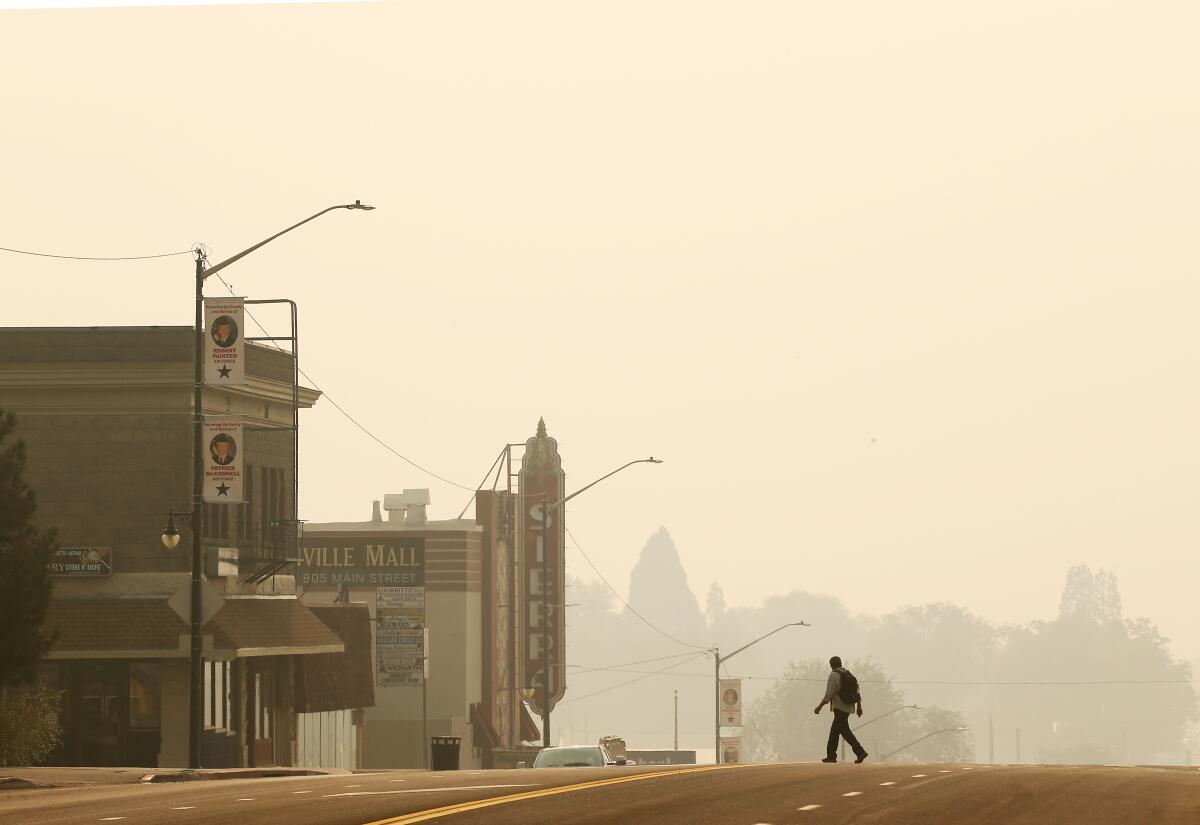
An amicus brief filed last year by Service Employees International Union Local 1000, which represents prison employees, argues that if the facility were to close, workers “risk losing their livelihoods and will be forced to upend their lives and families, decimating their community in the process.”
The lawsuit — with a mostly white town arguing that its survival depends on the incarceration of mostly Black and Latino men — has “this kind of gross, unseemly character,” said Shakeer Rahman, a Los Angeles-based attorney who represented inmates who signed the amicus brief.
“The court is deciding whether a form of bondage, a form of cruelty, is going to continue based on the personal financial benefits of the people around the prison,” Rahman said. “At every single turn, the judge and the city have silenced the voices of our clients in order to keep marching on in this decision making that treats them as a source of revenue.”
The inmates are not challenging their convictions, Rahman noted; they simply want to report dangerous conditions that justify the prison’s closure.
The case in rural Lassen County could foreshadow conflicts to come as California’s inmate population declines and other prisons are considered for closure.
Antiracism protests following the death of George Floyd are happening even in rural, mostly-white communities. Along with them have come threats and rumors.
The Deuel Vocational Institution in the San Joaquin Valley city of Tracy closed last September. In this year’s budget, the administration of Gov. Gavin Newsom said it was “committed to right-sizing California’s prison system to reflect the needs of the state” and could close three more prisons, in addition to the California Correctional Center, by 2025.
In its lawsuit, Susanville argued that when the state announced the prison’s closure in April 2021, it violated the California Environmental Quality Act because it had not conducted the proper reviews of the shutdown’s impact on the town. After the temporary restraining order was issued, the state began the environmental impact review process in January.
But tucked into this year’s budget — which Newsom signed June 30 — was a trailer bill that says California law exempts the closure of state prisons and juvenile facilities from review under the state’s environmental law.
The bill says the California Correctional Center must close by June 30, 2023. For now, the temporary restraining order remains in effect, said Vicky Waters, a spokeswoman for the California Department of Corrections and Rehabilitation.
Susanville City Administrator Dan Newton said the state has not been transparent about why that facility was chosen over older, more rapidly deteriorating prisons and those in cities with more employment opportunities.
With their trailer bill, state lawmakers appear to have “changed the law to suit their process,” Newton said.
Few places rely on a prison as much as Susanville, the only incorporated city in Lassen County. The nearest city, 86 miles away, is Reno, Nev.
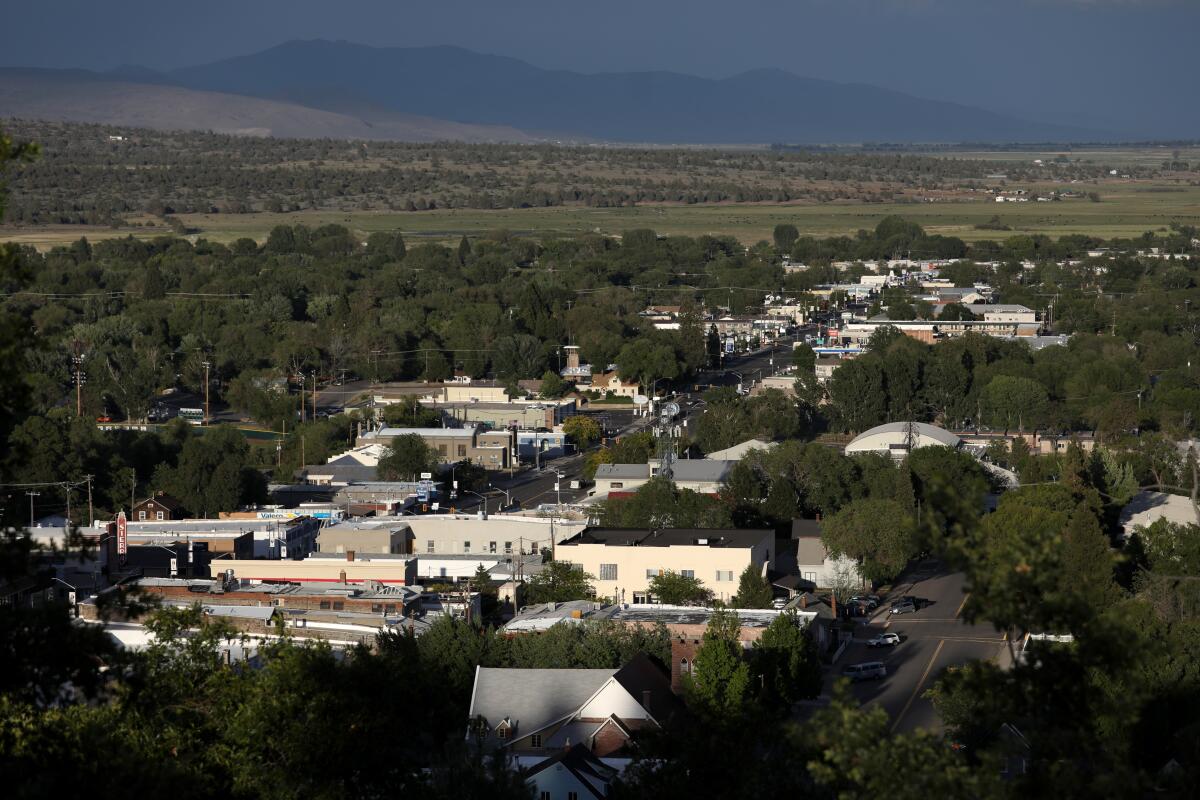
More than 45% of employment in Susanville is at the California Correctional Center and the adjacent High Desert State Prison, local officials told The Times.
Susanville’s population — about 16,000 last year, according to the census — has long included thousands of inmates at both facilities, a boost that makes the town seem bigger and more attractive to incoming businesses.
Attorneys for the inmates — many of whom are sent to Susanville from urban counties several hours away — said it is dehumanizing for city officials to consider them residents when that is beneficial but to disregard their concerns about basic living conditions.
In court papers, Duane Palm, who is serving life without the possibility of parole for two counts of first-degree murder and other charges, wrote that the prison’s remote location makes it hard for loved ones to visit.
The Forestry and Fire Recruitment Program has been helping former inmate firefighters get jobs. It created a private fire crew to battle wildfires.
Palm, 46, is from L.A. County — more than a nine-hour drive south — where his wife, mother and daughters live.
“Isolation from the world,” he wrote, is the best description for the prison. “There’s a fear of dying in the event of a medical emergency due to having to travel from Susanville to Nevada for urgent care.”
Inmates wrote that conditions during the Dixie fire, which prompted evacuation orders in surrounding areas, were particularly harrowing.
Waters, the corrections department spokeswoman, said in an email that officials closely monitored the fire, and it “did not come close” to Susanville’s prisons.
“While fires in the area last year damaged power lines supplying electricity to High Desert and CCC — as well as the community there in general — both institutions used their respective generators in order to supply power and ensure appropriate prison operations,” Waters wrote.
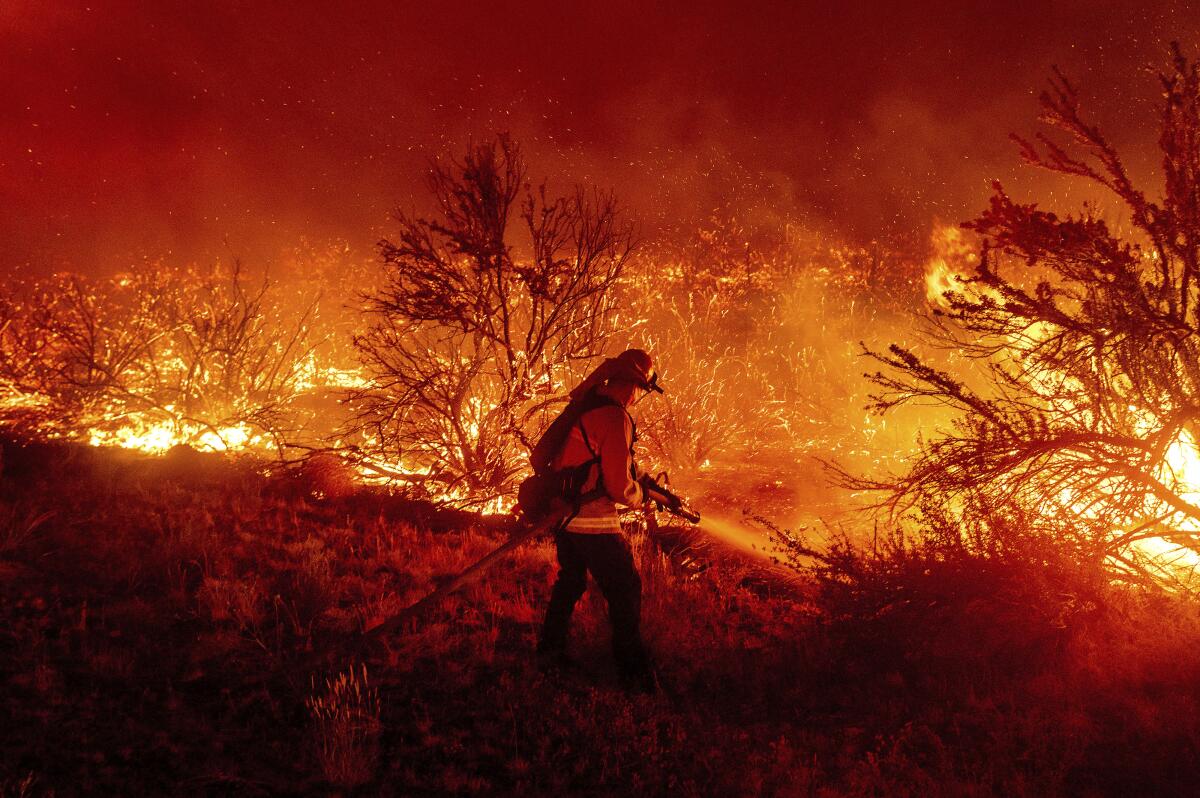
Inmates, she added, were offered N-95 masks “to lessen the impact of unhealthy air days.”
Timothy Peoples — who is serving a life sentence for first-degree murder, attempted second-degree murder and other charges — described with sarcasm what he said was an uncaring attitude by prison employees.
“Hey! The Dixie Fire is over and the ash from the fire was harmless and don’t worry about the smoke your lung’s are probably fine so there’s no need for medical to check,” Peoples, 52, wrote in court papers.
Patrick Everett Noel — who is halfway through a 37-year sentence for attempted second-degree murder, assault and other charges — wrote that inmates had to sit in dark cells during the fire because the electricity was off, and they were not allowed access to the outdoor yard for weeks.
Even as “we could see the flames of the fire from our windows over on the top of the mountain,” inmates were not informed of a fire safety plan, Noel, 38, wrote.
The delay in closing the facility has drawn criticism from those who say it is the morally and fiscally responsible thing to do.
The “Lost Sierra Route” aims to link up mountain towns across 600 miles and draw recreationists to a region hit by fires and hard economic times.
“It is inarguable that the incarceration crisis disproportionately affects Black people and other marginalized groups,” said Brian Kaneda, deputy director of Californians United for a Responsible Budget, a coalition of groups dedicated to reducing incarceration in the state.
“CCC is a crumbling, 58-year-old prison,” he said. “Obstructing this process should be of concern to people because it’s wasting millions of dollars that would be better spent elsewhere, including to support jobs and economic development in Susanville.”
Bringing other industries to Susanville would be ideal, but that won’t be easy, said Mayor Pro Tem Thomas Herrera.
Local leaders, he said, are trying to ramp up tourism, focusing on the Bizz Johnson National Recreation Trail — an area for hiking, biking and horseback riding along a scenic, old railroad line — and reviving Main Street, as well as trying to bring in music festivals and other events.
But the loss of the prison would be “a very big punch to our community,” and transitioning will take time, Herrera said.
The reality is that even those who do not want to leave the already struggling town will have to do so if they lose their jobs.
“If you pull that big of a facility out of our community, that’s not just something you can recover from overnight,” Herrera said. “There is a desire to get better industry here. But it’s tough.”
Times researcher Scott Wilson contributed to this report.
More to Read
Sign up for Essential California
The most important California stories and recommendations in your inbox every morning.
You may occasionally receive promotional content from the Los Angeles Times.

